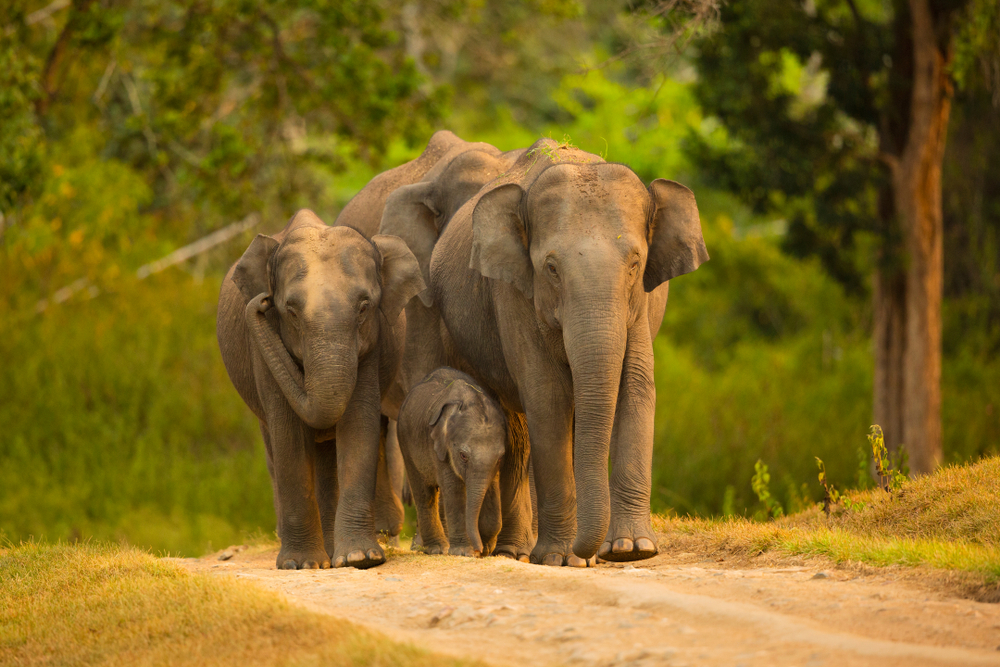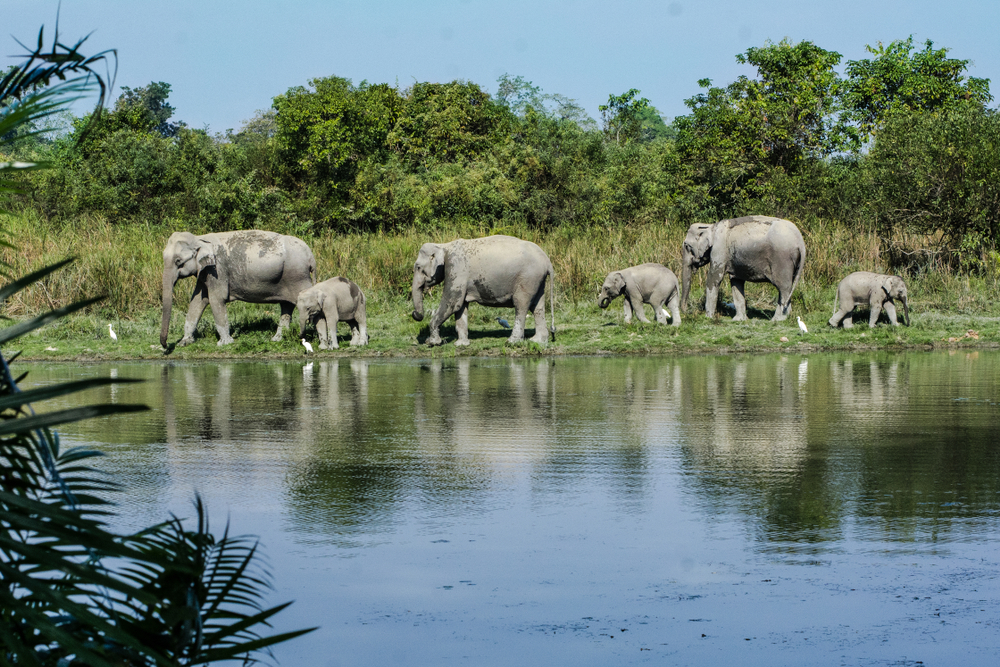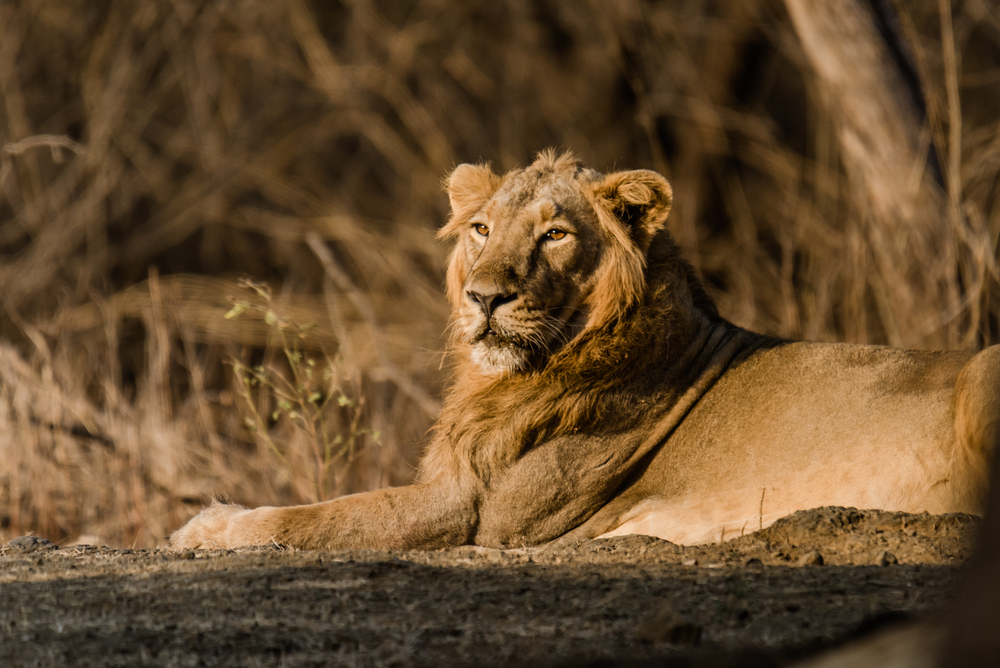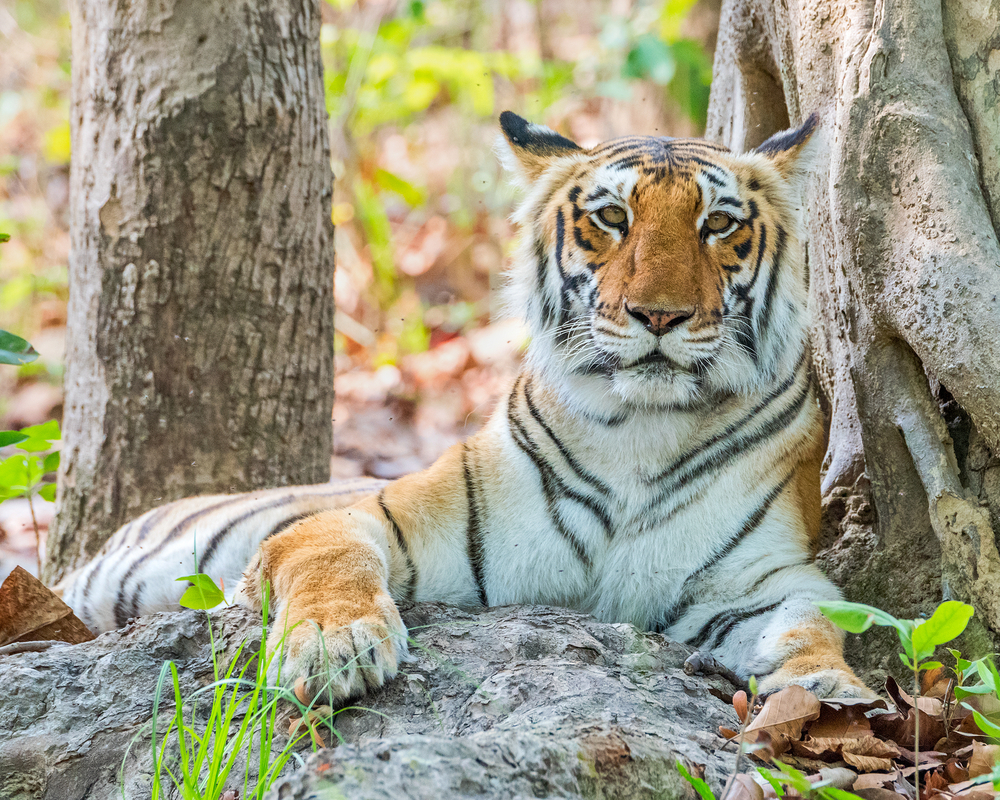Vansda Overview
Located in the Navsari district of Gujarat, India, Vansda National Park, locally known as Vansda Abhyaran, is a compact yet ecologically diverse sanctuary. Spanning an area of approximately 9 square miles (24 square kilometers), this protected region offers a striking blend of landscapes and rich biodiversity.
Once a private forest of the Maharaja of Vansda, the park is now a crucial part of India’s conservation efforts. Its location in the Western Ghats, a UNESCO World Heritage Site, adds to its ecological significance, with its dense forests and undulating terrain providing a haven for flora and fauna.
The terrain of Vansda National Park is a mesmerizing mix of lush greenery and hilly landscapes, interspersed with small streams and waterholes. The park is primarily composed of moist deciduous forests, with patches of bamboo thickets and tropical dry deciduous vegetation. Towering teak, mango, and mahua trees dominate the canopy, while a rich understory of shrubs and climbers adds to the dense foliage.
The Ambika River meanders through the park, enhancing its scenic beauty and supporting its diverse ecosystem. Visitors often marvel at the tranquility of the park’s environment, amplified by the soft sounds of flowing water and rustling leaves.
Vansda is home to a variety of wildlife, making it a paradise for nature enthusiasts. Mammals like leopards, hyenas, jungle cats, and civets are some of the key carnivores that roam the forest, while herbivores like barking deer, four-horned antelopes, and wild boars can also be spotted.
The park is also a birdwatcher’s delight, boasting over 155 recorded bird species, including the Malabar trogon, paradise flycatcher, and Indian pitta. Peacocks, hornbills, and a variety of woodpeckers add vibrant flashes of color to the forest. Reptiles like pythons and cobras, along with a range of amphibians, contribute to the park’s ecological balance.
Among the park’s most popular features are its tranquil trekking routes and guided nature trails, which allow visitors to immerse themselves in the vibrant ecosystem. Jeep safaris are another way to explore the park, offering a chance to observe wildlife in their natural habitat.
The nearby tribal villages provide a unique cultural experience, with local artisans and traditions enriching the visit. The dense canopy of the park makes it ideal for eco-tourism activities like birdwatching and photography, while its serene ambiance attracts those seeking solitude in nature.
Conservation efforts in Vansda National Park have been met with both challenges and successes. The park’s small size and proximity to human settlements pose threats such as habitat fragmentation and encroachment. However, effective management practices, including reforestation programs and wildlife monitoring, have helped preserve its biodiversity. The involvement of local communities in conservation initiatives has also played a vital role in reducing human-wildlife conflicts and promoting sustainable tourism.

















































































